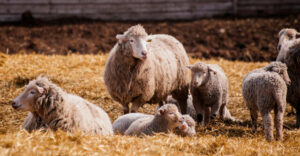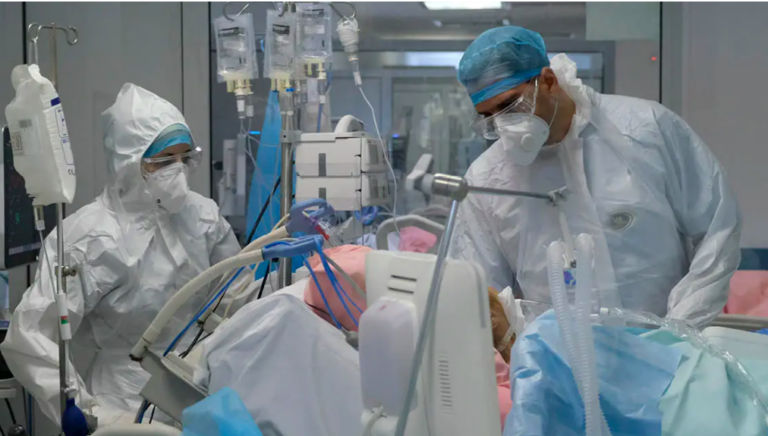In the first 15 days, panic sheep and goat disease hit Thessaly in the laws of Trikala and Larissa. This first experience of dealing with the disease was the “bushel” that the authorities followed when now the plague started to “hit” other areas which in essence emerged from the tracing of Thessaly.
Now that Thessaly seems to be running out of plague it is almost certain that animals from there were distributed to the areas that were subsequently hit by the disease. Corinthia, which was next, put authorities on alert but it seems that it too is now in remission. Obviously there was concern in the ministry but with the management in Thessaly as a weapon, the problem was dealt with in that region.
The new cases
The disease has now hit other areas with new cases, such as Vonitsa and Ilia opening new cycles of surveillance and control. In these areas the situation is more manageable as they do not have an animal population similar to Thessaly. In Komotini the veterinary authorities have taken animal samples and the results are awaited. In Crete where we also have outbreaks the authorities have been focusing on there in the last few days in order to control the situation. The only difficulty they have encountered is the rugged terrain trying to reach units to take samples. The next few days will show if the spread will “brake” so that we will soon now see the end of the alert in the country.
What the ministry is working on
In the next day the Ministry of Rural Development will have to provide convincing answers to two key questions.
First, how it will shield the country so that we never again have the plague spreading to different parts of Greece and affecting thousands of animals. The experience of dealing with it could show where the import chain is suffering so that appropriate measures can be taken.
The second and more immediate question is how livestock farmers will be compensated. Today at the meeting that the ministry leadership had with farmers and ranchers in Karditsa, it was revealed that compensation for the affected will come in the next period, with a plan that is currently being worked on. The critical element is what the total damage to livestock is so that decisions can be made. “The aim is to provide fair compensation for all pastoralists,” the ministry stressed. The use of European tools has been put under the microscope of the decision-makers in order to ensure that the compensation amounts per animal lost are satisfactory.





